
www.cambridgeunited.com/news/mike-da...
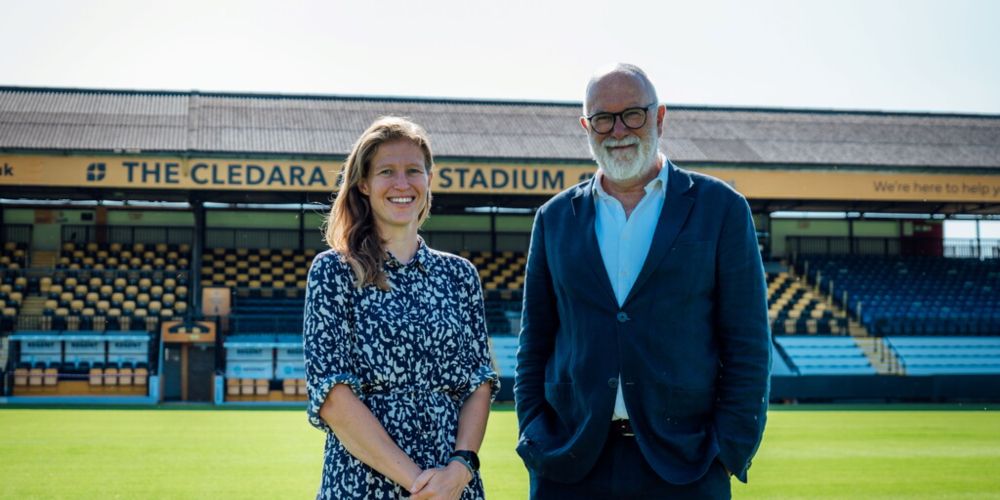
www.cambridgeunited.com/news/mike-da...
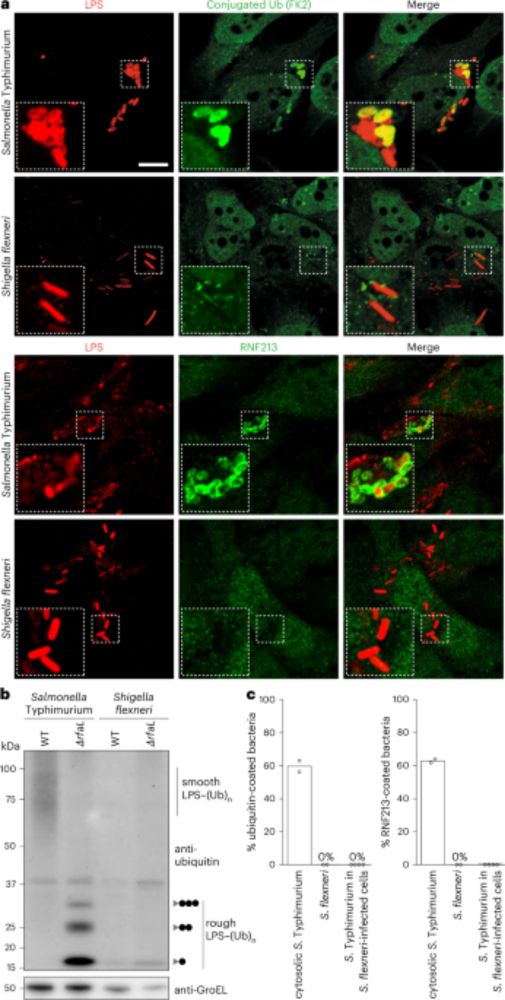
@felixrandow.bsky.social's group determined that Shigella flexneri uses IpaH1.4 to degrade the LPS ligase RNF213, inhibiting the cell's ubiquitylation abilities.
Read more: tinyurl.com/3y4kv2bp
#LMBResearch🧪
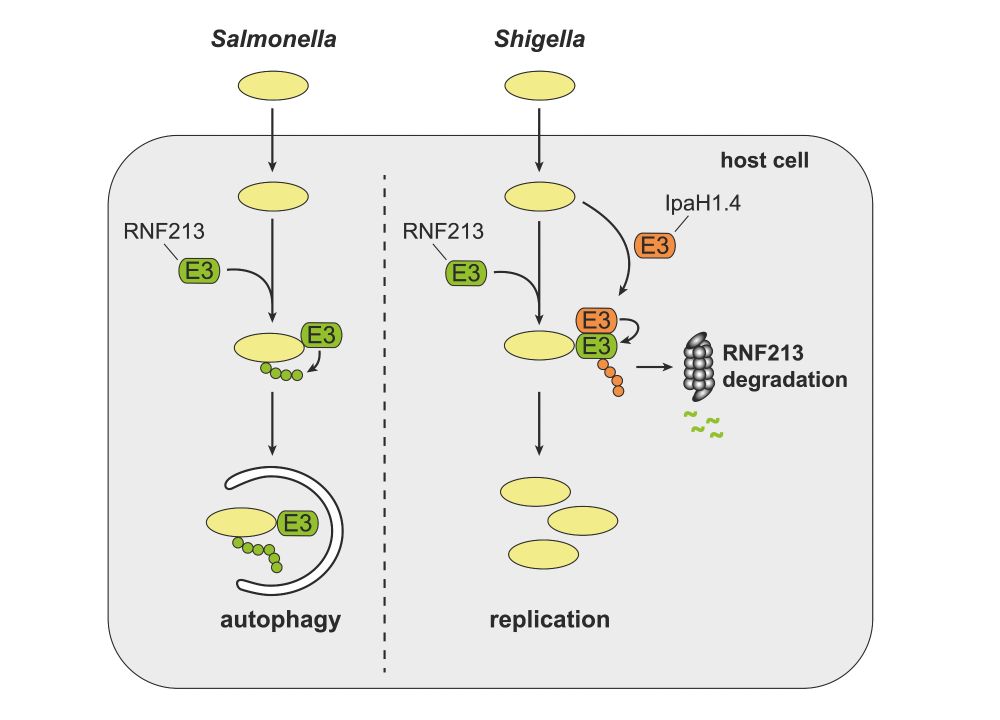
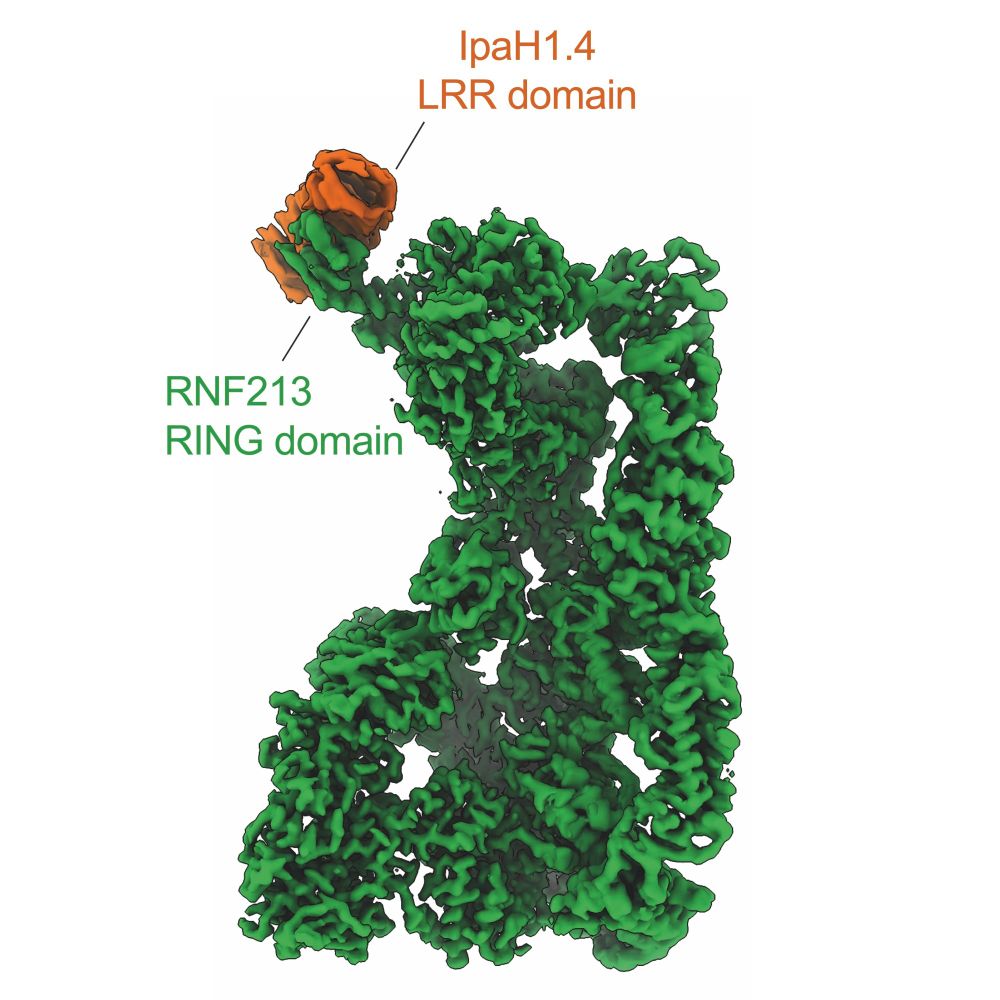
@felixrandow.bsky.social's group determined that Shigella flexneri uses IpaH1.4 to degrade the LPS ligase RNF213, inhibiting the cell's ubiquitylation abilities.
Read more: tinyurl.com/3y4kv2bp
#LMBResearch🧪
www.nature.com/articles/s41...
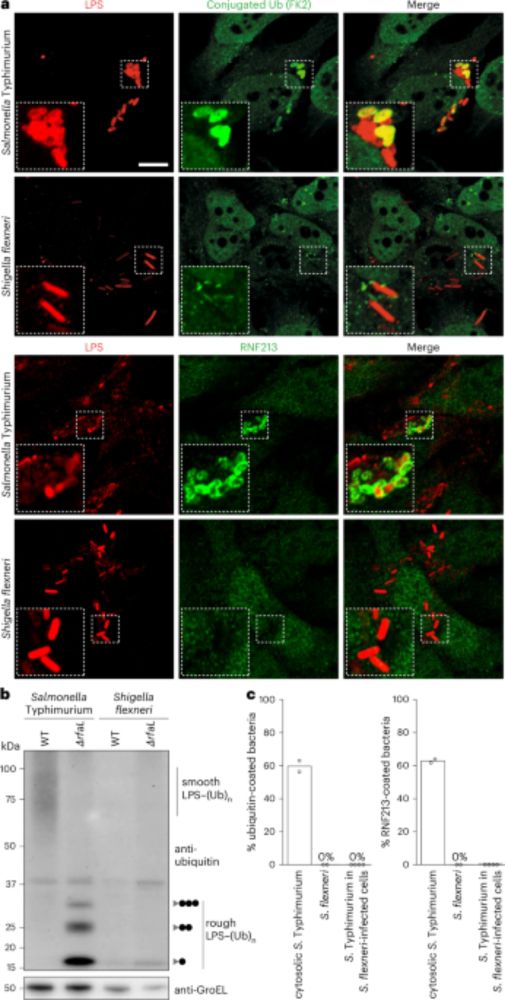
www.nature.com/articles/s41...
Are you the one to lead a group doing great research in a special environment, while teaching outstanding students?
www.path.ox.ac.uk/vacancy/asso...
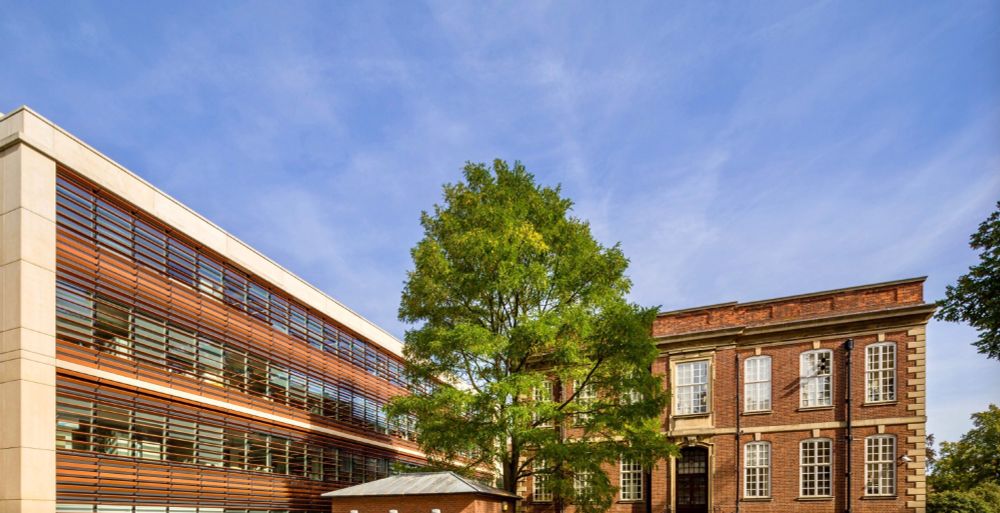
Are you the one to lead a group doing great research in a special environment, while teaching outstanding students?
www.path.ox.ac.uk/vacancy/asso...
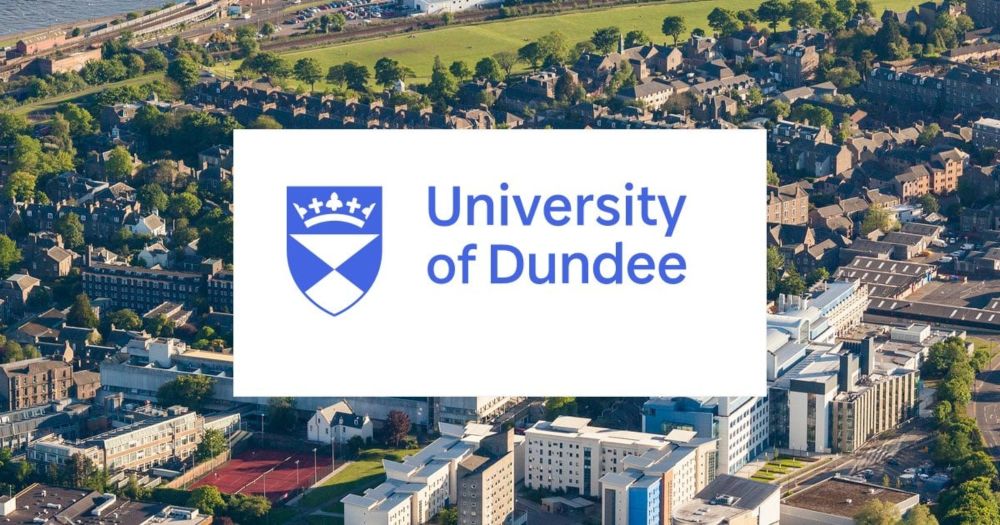
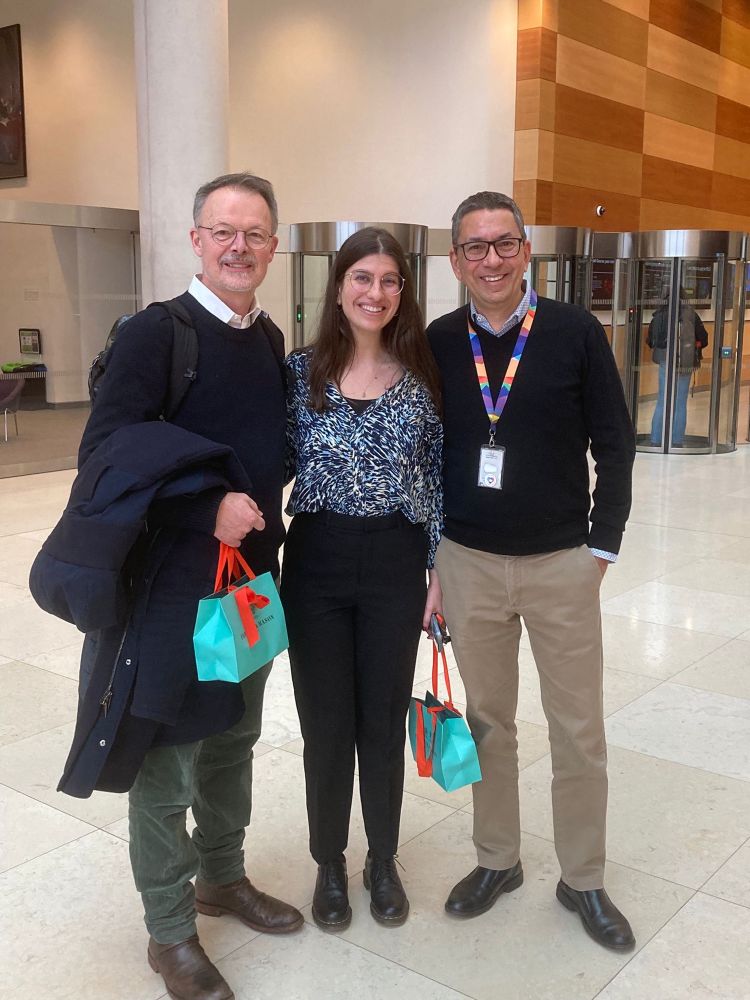
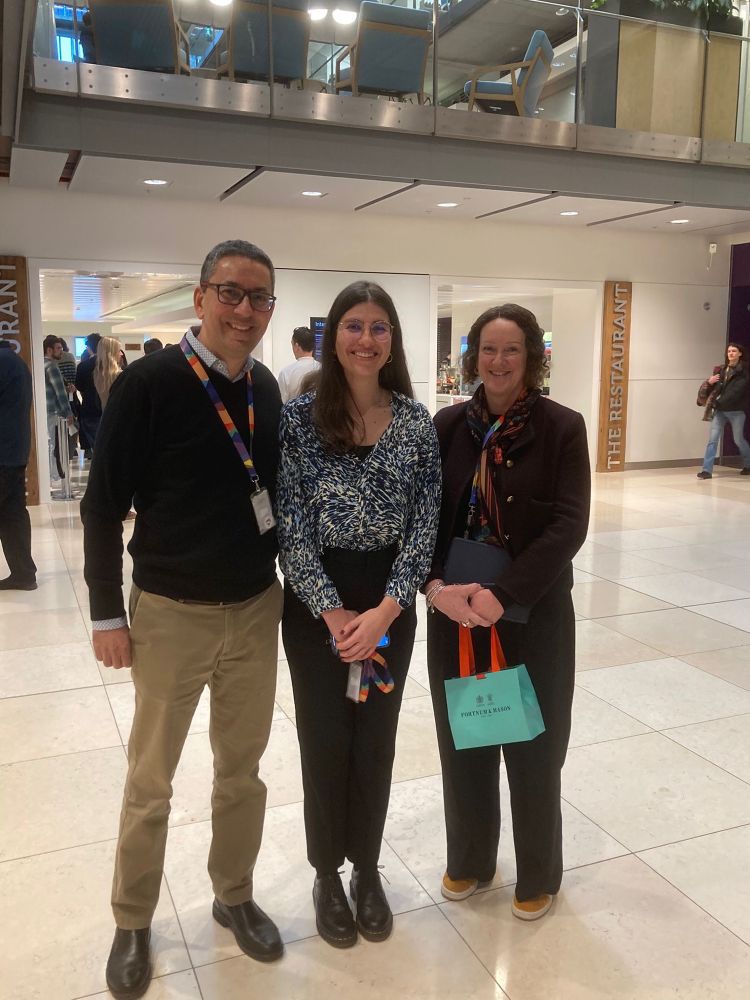
Best of luck to you Lara!
#LMBAlumni
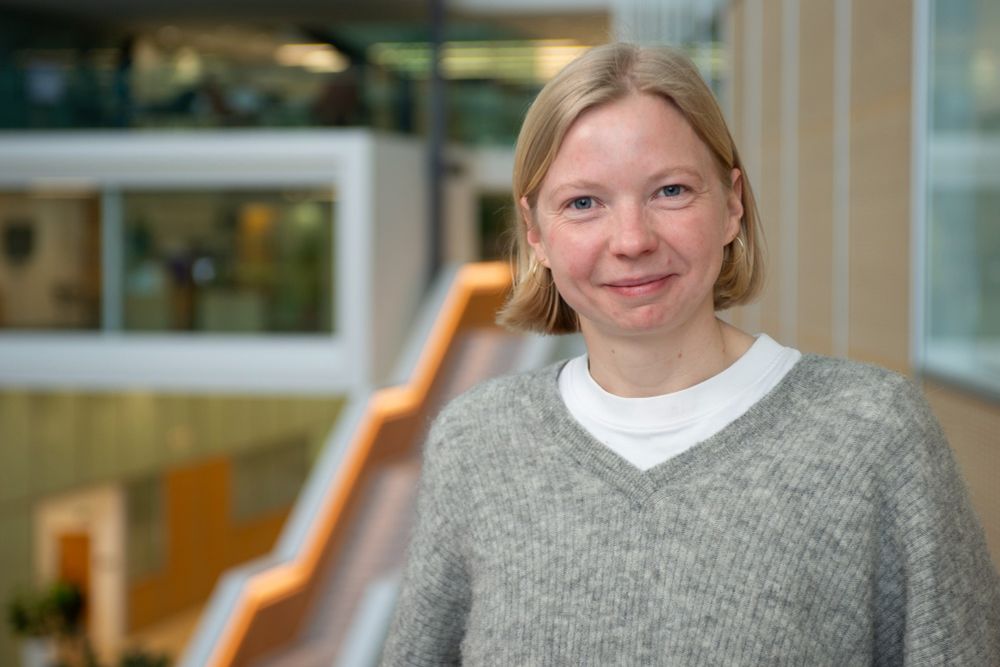
Best of luck to you Lara!
#LMBAlumni
& NV
shorturl.at/fImjA
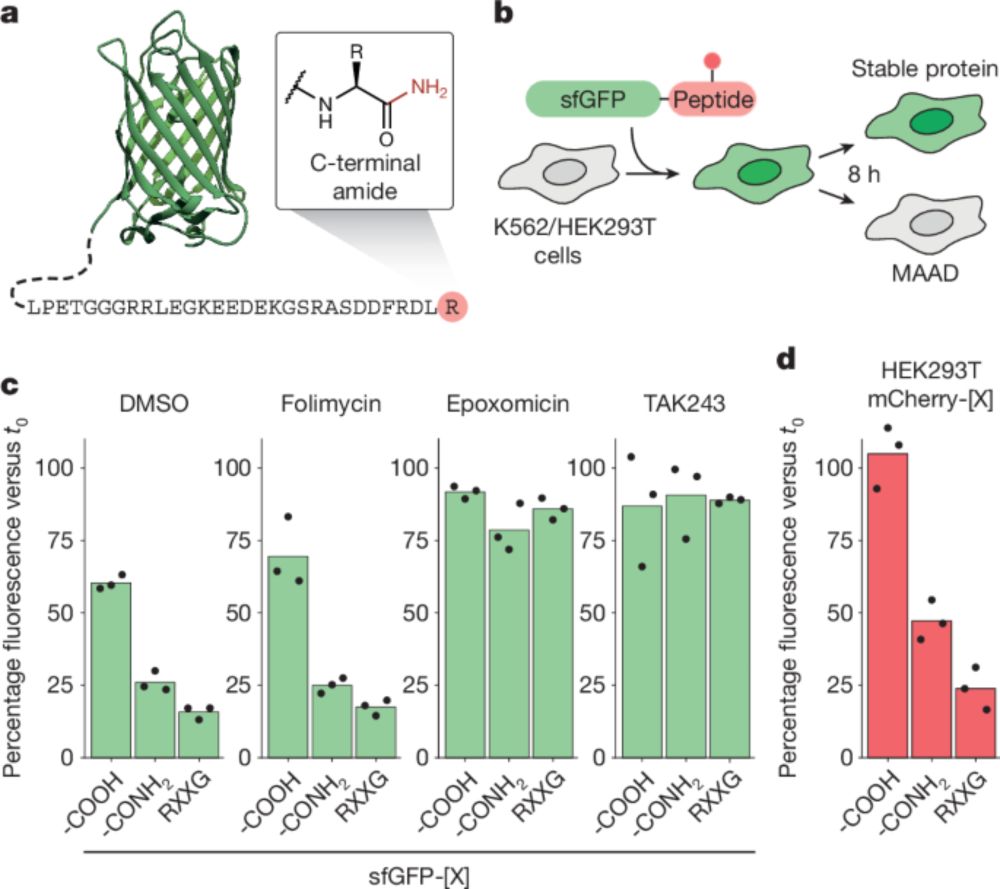
& NV
shorturl.at/fImjA
What can I say? We clearly care a lot about many of the topics at these joint meetings
Take a look and let us know what you think! 👀⬇️
🧪
@plosbiology.org recently published a relevant focus issue exploring biological solutions to reduce CO2 emissions, get rid of plastics, produce food sustainably & generate energy plos.io/3MiXJyW
🧪⬇️

What can I say? We clearly care a lot about many of the topics at these joint meetings
Take a look and let us know what you think! 👀⬇️
🧪
www.pnas.org/doi/10.1073/...

www.pnas.org/doi/10.1073/...
Associate professor in cell and molecular biology @dunnschool, with a preference for immunology, inflammation and/or infection - all defined broadly
Come and be our colleague
Deadline 28 Feb, please spread the word
www.path.ox.ac.uk/vacancy/asso...
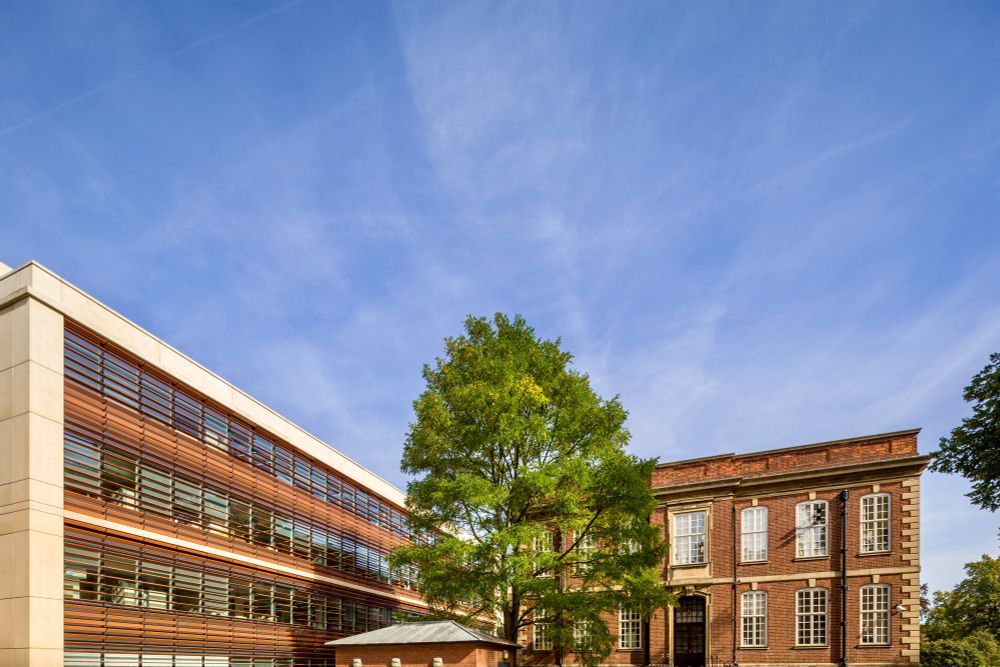
Associate professor in cell and molecular biology @dunnschool, with a preference for immunology, inflammation and/or infection - all defined broadly
Come and be our colleague
Deadline 28 Feb, please spread the word
www.path.ox.ac.uk/vacancy/asso...


Repost appreciated.
Repost appreciated.
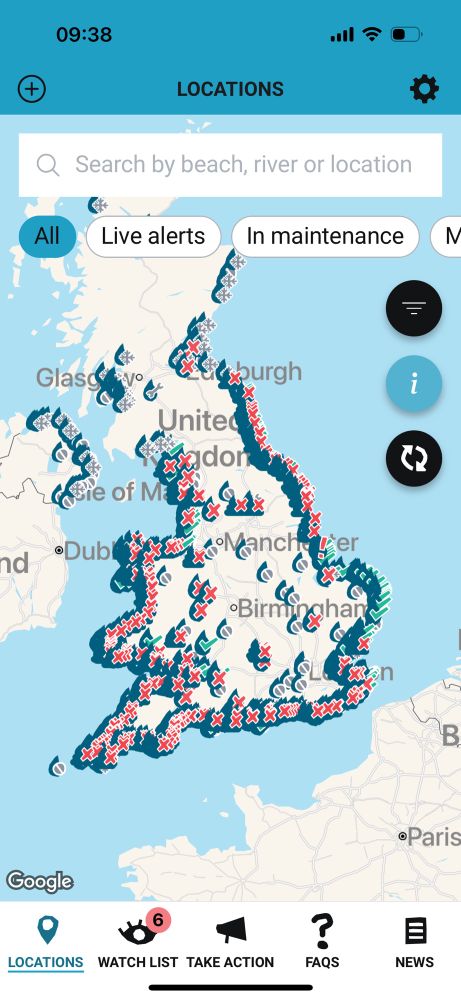
Details here 👇
www.nature.com/articles/s41...
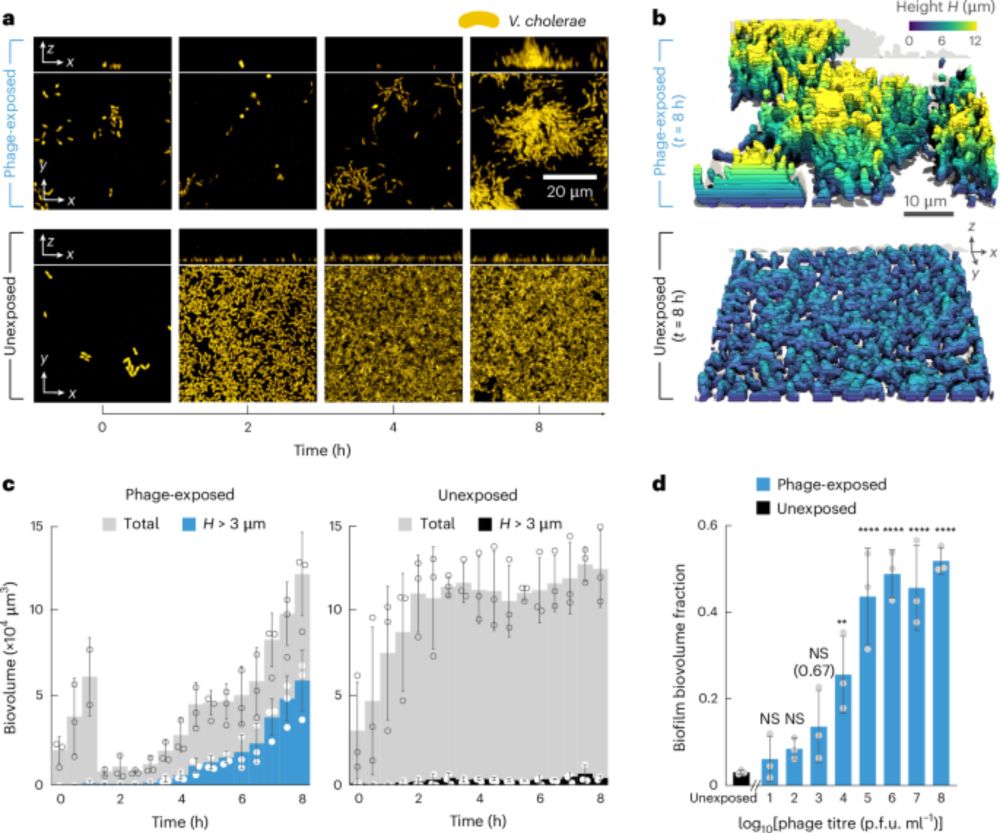
Details here 👇
www.nature.com/articles/s41...
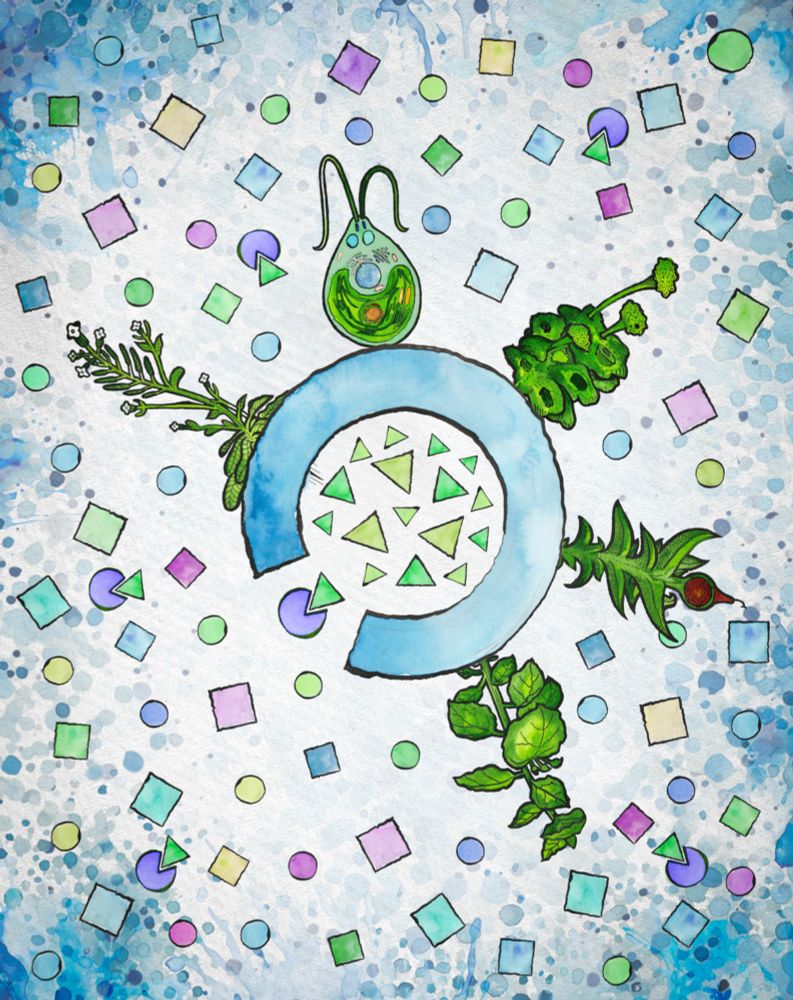
www.nature.com/articles/s41...
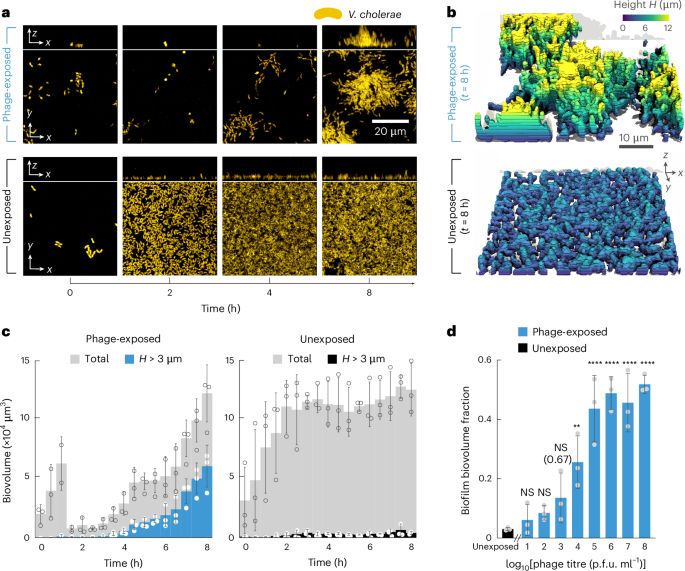
www.nature.com/articles/s41...
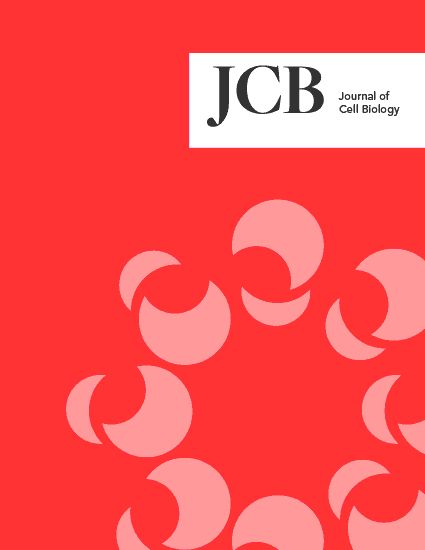
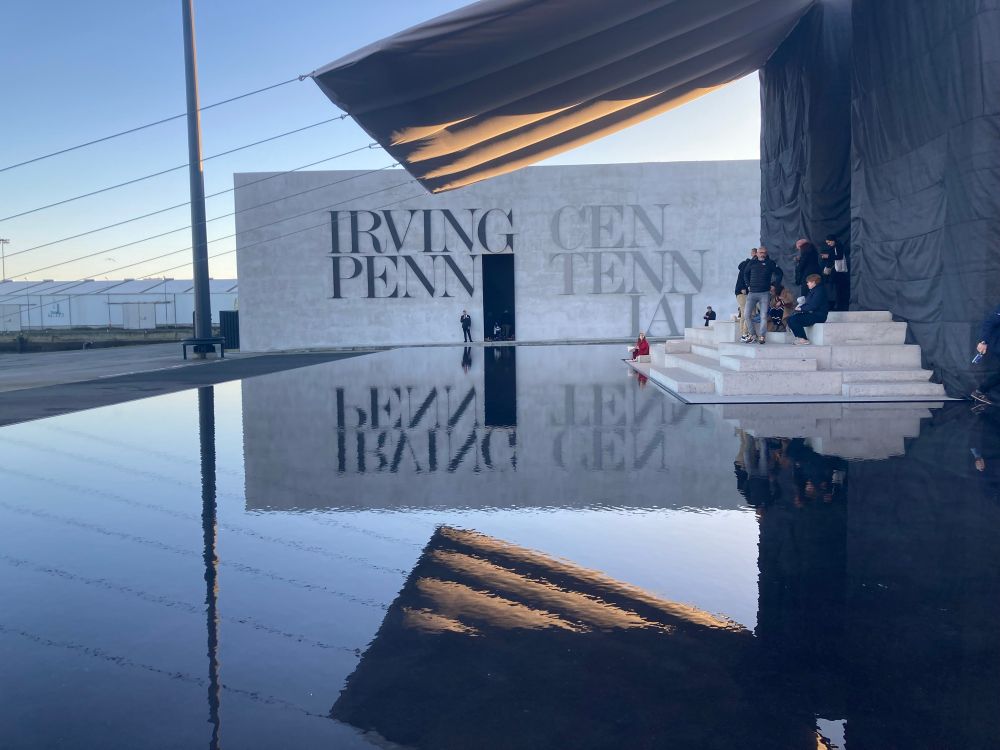
www.grc.org/biology-of-m...
Read more about the role here:
www.nature.com/naturecareer...
Apply by 30 DEC
#ScienceJobs #CambridgeJobs #PostdocJobs #GenomeEngineering
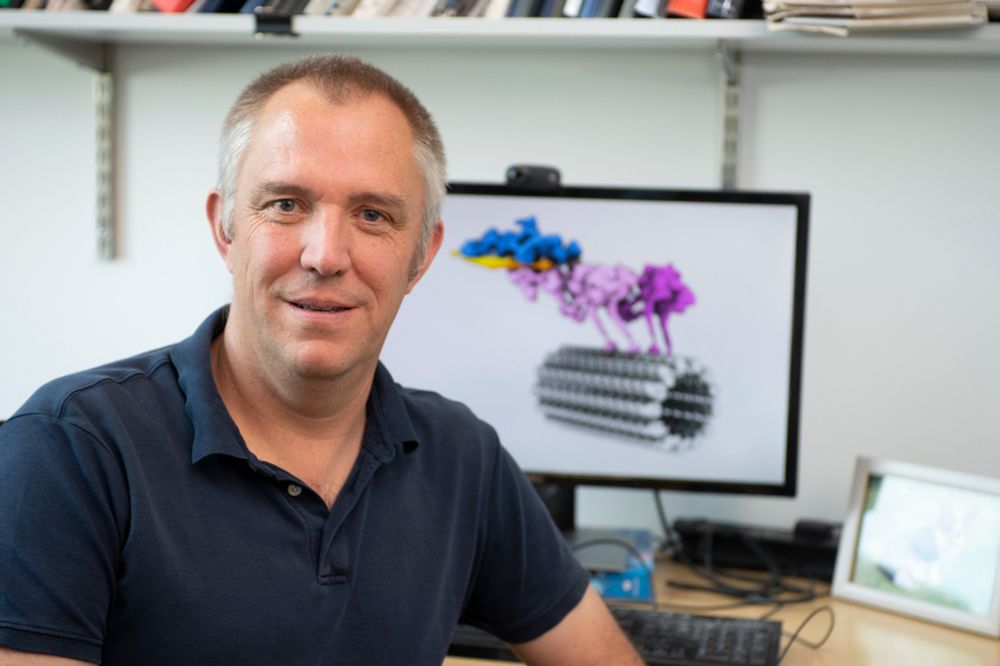
Read more about the role here:
www.nature.com/naturecareer...
Apply by 30 DEC
#ScienceJobs #CambridgeJobs #PostdocJobs #GenomeEngineering

